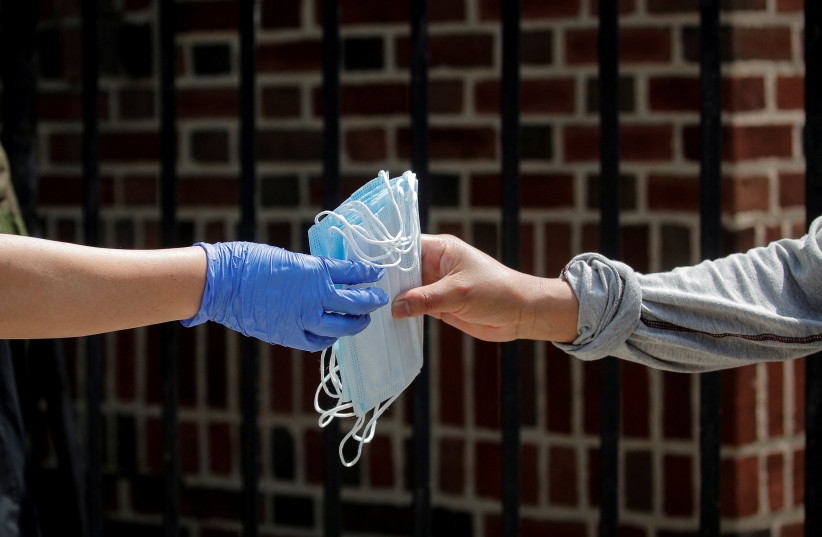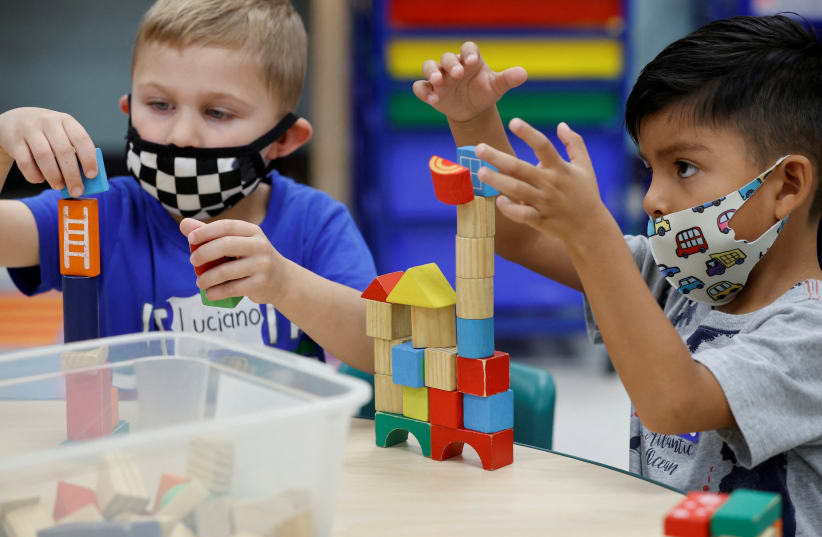The human eye can't see COVID-19, but a very visible sign that the pandemic is ongoing, more than two years after it began, is people around the globe are still wearing face masks in public. Research at the start of the pandemic found that that face masks significantly impair emotion recognition on isolated faces.
As most people have traded in COVID lockdowns for a return to relatively normal life, new research has found that contrary to some studies viewing faces in isolation, emotion recognition was generally not impaired by face masks when the whole body is present.
As long as the whole body is visible, the impact of masks on emotion recognition, which is key for humans to sustain relationships and survive, may not be as pronounced as previously thought, according to the study.
The findings, which looked at 70 participants in the United Kingdom, were published Monday in the peer-reviewed Frontiers in Neuroscience.
The experiment

The international team of researchers conducted the experiment using the online survey platform Qualtrics. Each participant saw all 160 stimuli in a randomized order. The stimuli were presented for 4 seconds. After that, participants were presented with a forced choice of which emotion they believed the stimuli were expressing—Anger, Happiness, Sadness or Fear. This was presented in the form of a multiple-choice button.
Participants saw both masked and unmasked stimuli and were then asked to assess their confidence level in the accuracy of this choice by using a sliding bar from 0 (Not Confident) to 100 (Extremely Confident). After, the participants clicked the “Next” button, and the procedure was repeated with the subsequent randomized stimuli and question set. The procedure lasted approximately 30 min.
Happiness is the exception
The results of the experiment suggested that when the face is not seen in isolation, the impact of mask-wearing on emotion recognition ability is largely unchanged, with one exception: Happiness. The emotion is primarily portrayed using the face, and the recognition of which in the body has been shown to be ambiguous at times, including in the study, which indicates that recognition of happy states is more heavily reliant on the face than the body.
On the other hand, fear and anger are most effectively expressed through the eyes and brow and slumped shoulders and bent neck uniquely represent sadness.
